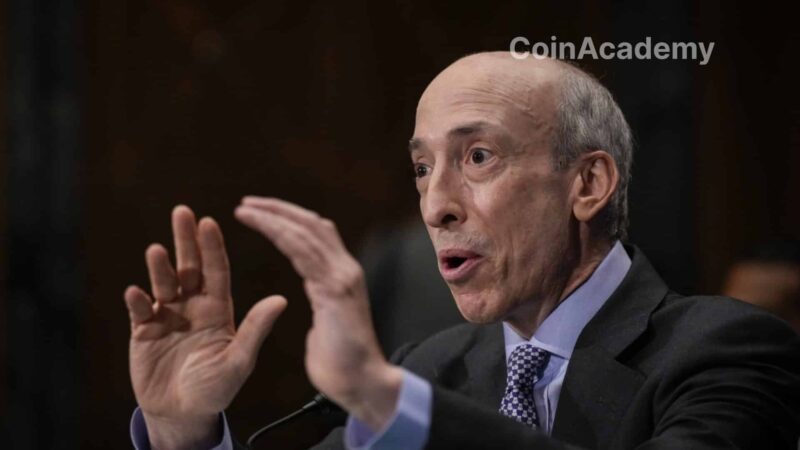The bankrupt cryptocurrency exchange, FTX, has unveiled an updated proposal that could result in the return of a portion of creditors’ funds. The proposal states that 90% of the assets held by the exchange, not 90% of the debts, will be returned if accepted. The new CEO, John J. Ray III, did not hold back in criticizing the company’s previous financial measures. Meanwhile, the exchange’s founder, Sam Bankman-Fried, is currently at the center of a criminal trial.
If the modified plan is approved, clients are expected to receive over 90% of the distributable value worldwide.
FTX
FTX debtors anticipate that FTX and FTX US clients will not be paid in full, with FTX.com likely experiencing a larger percentage of losses.
The estimated value of the assets being recovered reaches a staggering amount of $8.9 billion for FTX.com, while FTX.US, the exchange’s American branch, estimates around $166 million.
Details of FTX’s Proposal
FTX’s modified proposal outlines a plan to divide the absent client assets into three distinct categories: assets exclusively for FTX.com clients, those for FTX.US clients, and a general pool containing other assets.
Furthermore, part of the proposed plan states that clients who withdrew a greater total value in the 9 days prior to the bankruptcy than they had deposited over the same period will have their claims reduced. This reduction amounts to 15% of the difference between the deposits and withdrawals (during the 9 days prior to bankruptcy). However, if this value is lower than $250,000, clients will not be subject to a reduction in their claims.
Indeed, the compensation process is not without complications. Affected creditors must also receive a ‘Deficit Claim’ against the general pool, which represents the estimated value of lost assets from their respective trades.
Adding to the complexity, the debtors specified that certain parties may be excluded from the settlement process. Specifically, those who may have been aware of the mishandling of client deposits and company funds, or those who manipulated their KYC details to expedite withdrawals when they were temporarily suspended, as well as those whose withdrawals exceeded deposits in the 9 days before the bankruptcy.
Several external factors such as token price volatility, potential tax implications, and government claims could hinder the recovery process.




